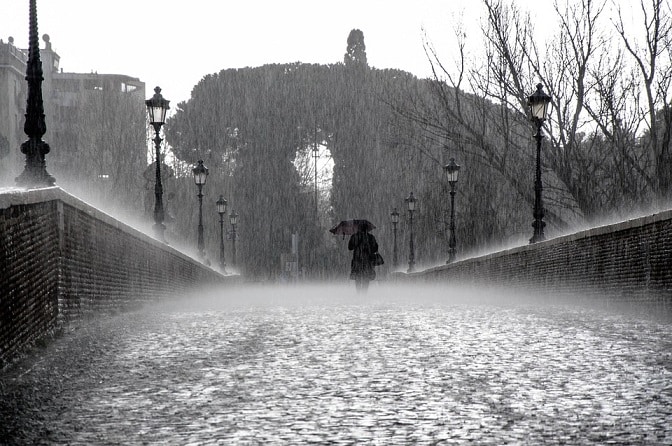As a simplified question, there are three different methods that allow for moist air to turn into clouds which then turns into rain and if you’re lucky, snow.
First off, rain occurs when warm air gets cooled down and causes condensation to occur. Strangely enough, warm air contains a lot more water than that of cool air and as soon as the air is cooled down, the moisture gets condensed into liquid. This entire process then causes it to rain.
The Earth has been recycling water forever
The water we drink, which is generally generated from dams that capture all the rainfall we can think of, is thus all-natural water that is formed by the process that allows it to rain. This process has been the same since the beginning of time and constantly recycled with each century that goes by.
Rain is generated due to four phases. These are evaporation, condensation, precipitation and finally, collection. These phases are all part of a larger cycle referred to as the water cycle.
The Water Cycle Recycled
Starting off with evaporation, the sun causes the water in the lakes, rivers and oceans to heat up which turns water vapour into steam. The steam then travels up into the air, forms clouds and allows for rain to pour down. Evaporation is thus a very important part of the water cycle.
When rainfall occurs, it falls to the earth and ends up in the same rivers, lakes and oceans it did the previous time it rained, as well as all the times before that. Concluding the cycle, water gets collected and some of it gets captured by land. When water is captured by soil it becomes groundwater and is then used by both plants and animals for drinking. Even groundwater gets recycled as it flows off the land, back into rivers, lakes and streams, thus starting another cycle.
Get water dispensers and gym water coolers from Living-Water in London.






